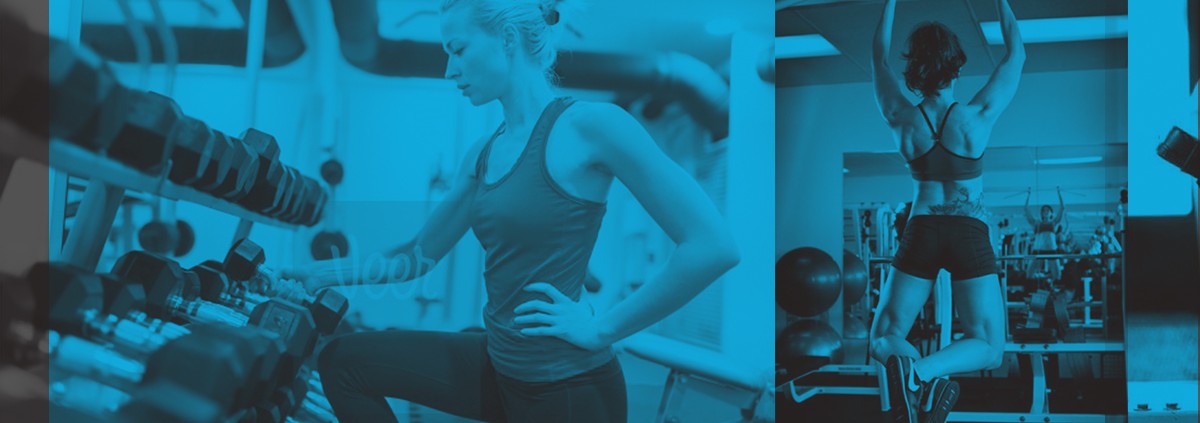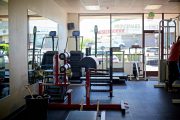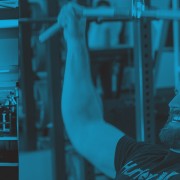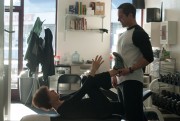The Very Best Squat Variations
We’re building off our two-part topic from last week – why it’s always a bad idea to consistently skip leg day, and why squats are your body’s best friend – with squat variations from Andrew. Read it. Learn it. Live it.
- The Back Squat
Considered by many to be the king of all squats, the back squat allows the lifter to lift heavier weights. But be clear – it can be much more dangerous if it’s executed badly. Proper technique is essential. The best way to be sure you’re doing it right is with an experienced and knowledgeable personal trainer guiding you through it. This variation involve a squat rack, a barbell, the appropriate amount of weight and proper foot position, bar position and depth.
Another caveat for the back squat? It requires a range of mobility at the hips, spine and shoulders, so it may not be appropriate for everyone.
- Front Squat
The front squat calls for the barbell to be in front of you instead of behind. This position change emphasizes the quadriceps and core strength to maintain an upright position.
- Overhead Squat
This Crossfit classic is really a mobility training technique for the thoraric spine, ankles and hips, and it will build strength and stability in the shoulders and core.
- Zercher Squats
A fairly uncommon exercise in most gyms, the Zercher squat is one of the best movements out there for developing a strong upper back and torso. Other advantages: you’ll build torso and core strength, and there’s less spinal compression. Despite being a squat, most lifters find that it has a strong carryover to the deadlift and embrace it for that reason. Be careful of loading this movement too heavily too quickly, though. You’re holding the bar in your elbows, after all.
- Anderson Squat
This is another fairly uncommon squat variation, but if you try it for a while, you might find it has a great effect on the quality of your other squats when you switch back. Named after the legendary Olympic weightlifter and strongman Paul Anderson, the Anderson squat begins at the bottom of the squat. By doing this, you eliminate momentum and the “bounce,” or stretch reflex that builds up, when descending into the squat.
Bulgarian Split Squat
This technique will directly address strength imbalances while improving your sense of balance and knee stability.
One Legged Squat
Also known as the pistol squat, a one-legged squat will improve your balance and mobility while building high-tension strength. Fair warning – it takes progression and practice to perform this exercise correctly. By targeting each leg separately, you reduce the force on the spine, making it far more bad friendly.
Hack Squat
With a barbell or on the machine, hack squats are effective compound movements for complete lower body strength training and an emphasis on the quads. A lack of spinal compression makes this exercise back friendly as well.
Questions? We can help. Schedule a free consultation today.









Leave a Reply
Want to join the discussion?Feel free to contribute!